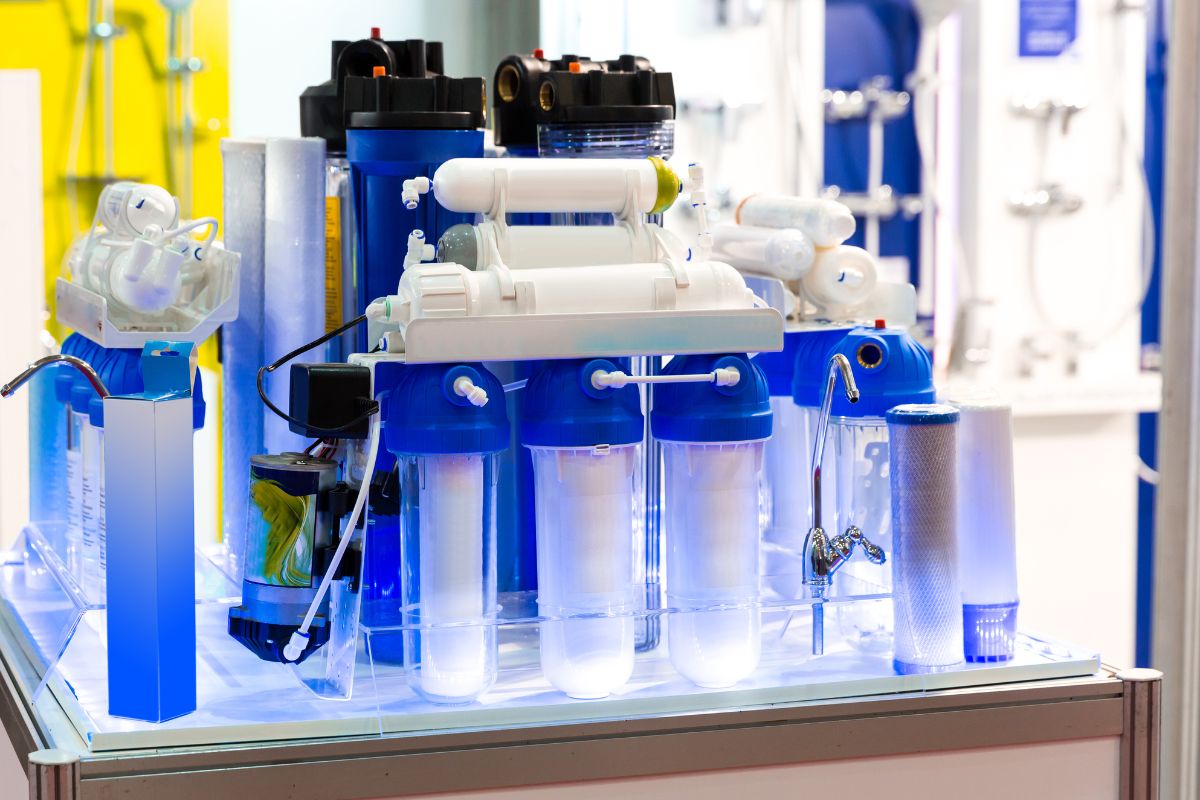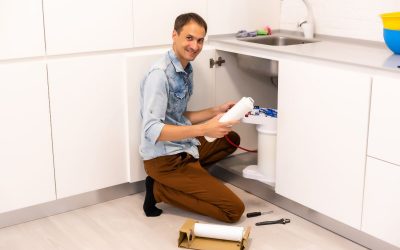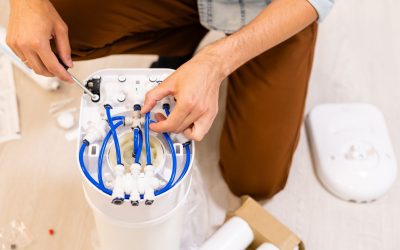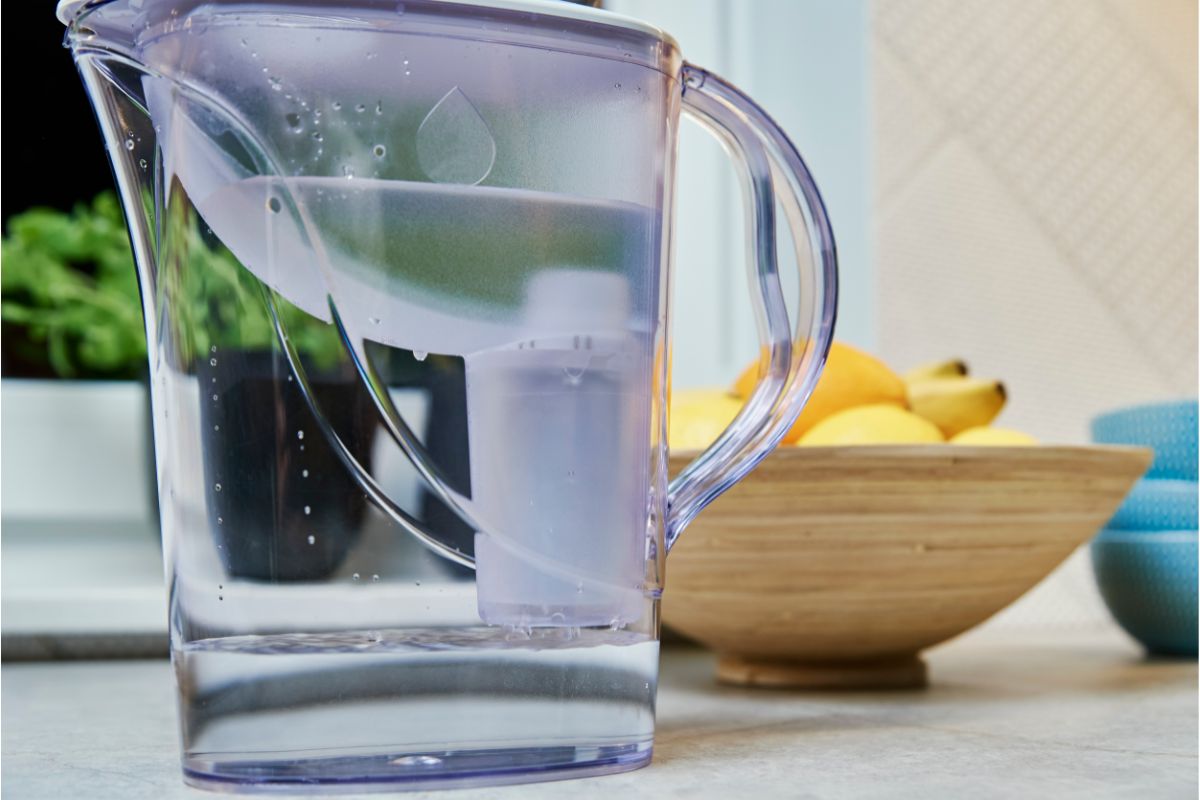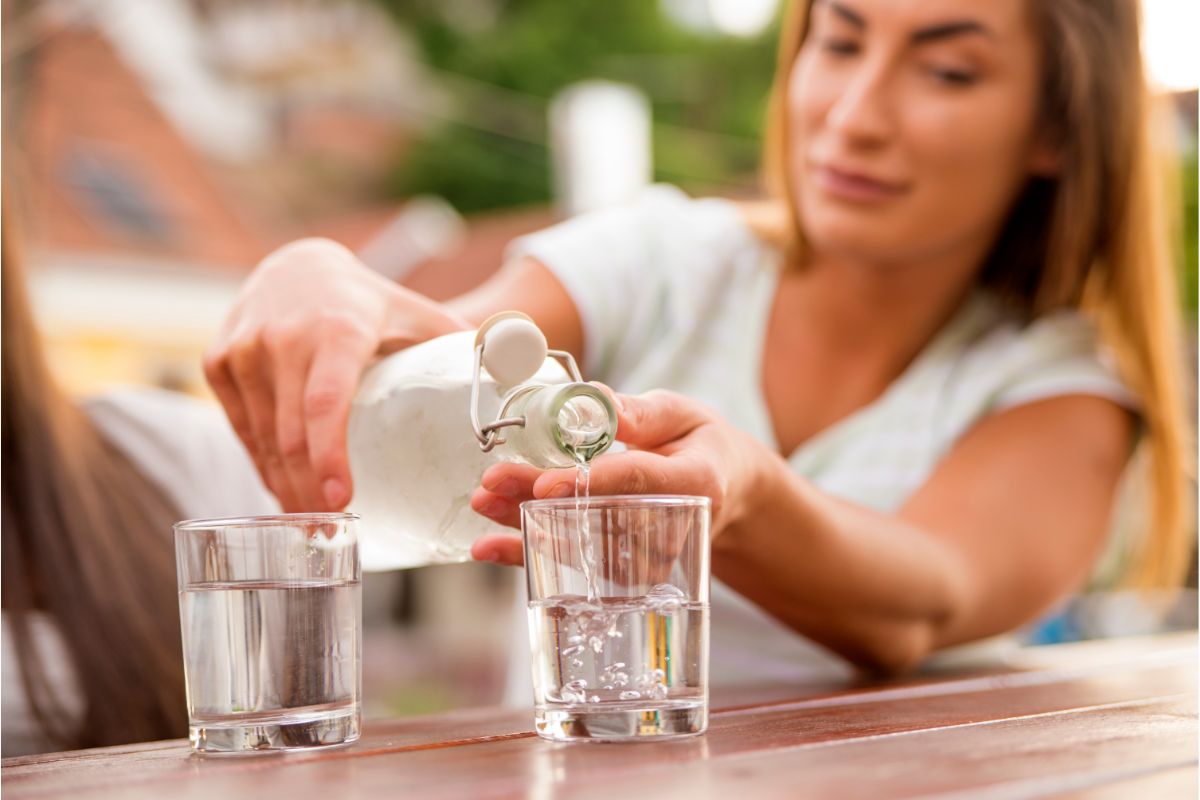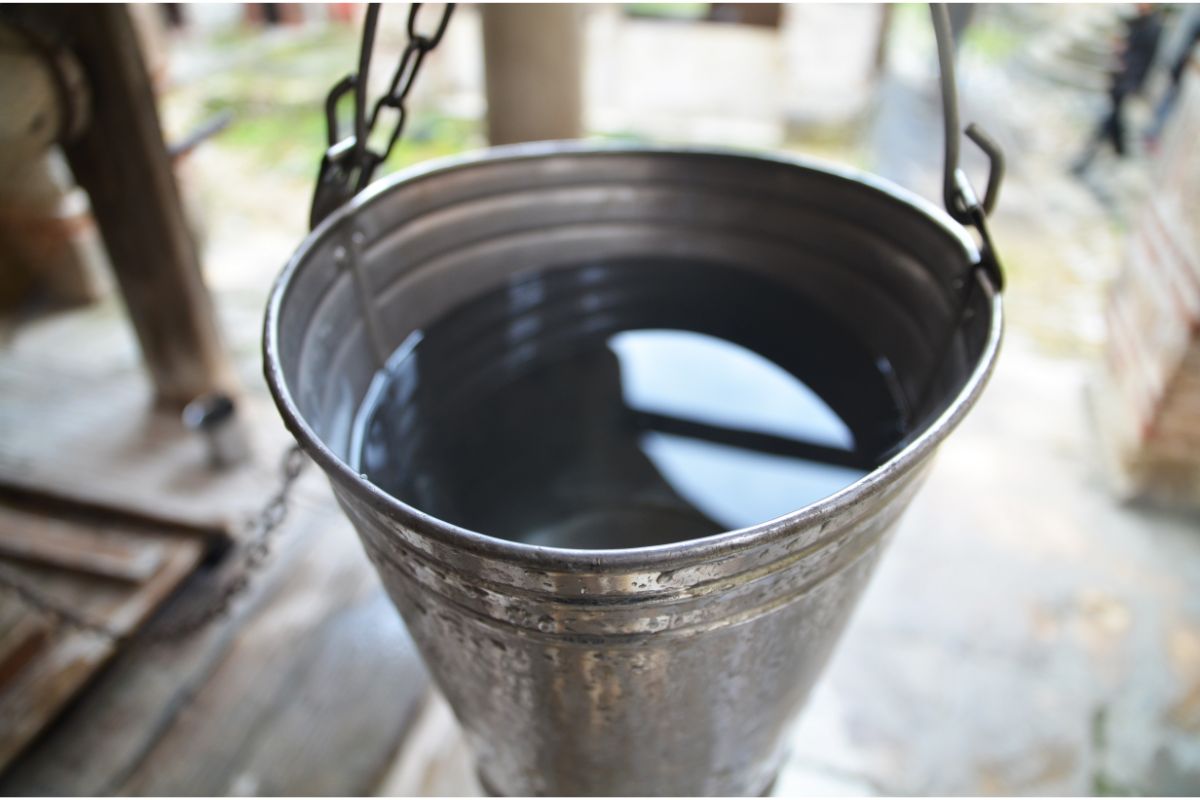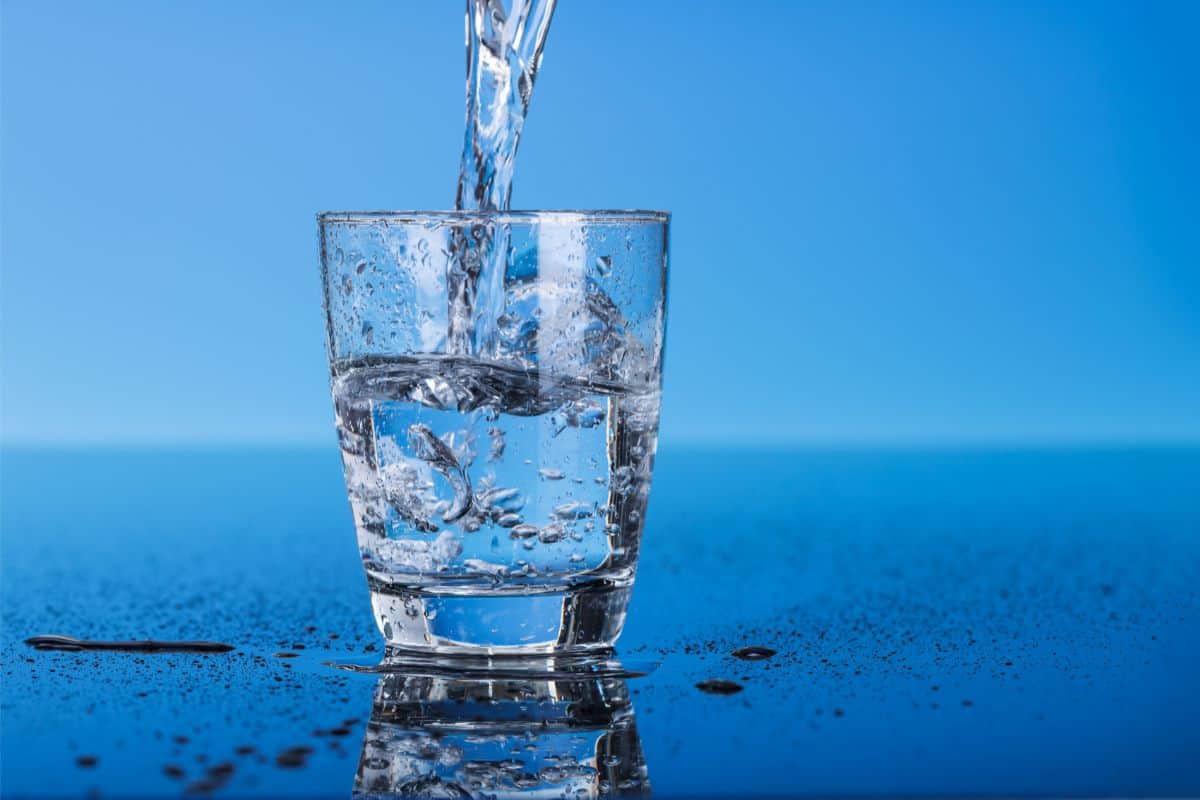Installing a reverse osmosis system may seem like a big undertaking, though it is an essential part of your setup if you want to have a successful and clean supply of water readily available in your home.
A reverse osmosis system is a great way to remove a wide range of pollutants and bacteria from your at-home water system.
Whether you are living in a more rural area or your access to water is not a clean one, many times it can be safer for yourself and your family to take matters into your own hands.
When you install a reverse osmosis system, you can have a little bit more control when it comes to filtering out some of those dangerous pollutants.
It’s also a good way to utilize older sources of water, and reuse them for washing and cleaning, which can save you money in the long term and be helpful if you live in areas that have a smaller amount of rainfall.
Whilst it may seem daunting, it’s not that tricky. Read on for all the information you need to know about this water system.
Contents
What Is A Reverse Osmosis System?
In basic terms, a reverse osmosis system is a water purification tool used to remove pollutants from water (like a faucet water filter but high-end). The process involves forcing the water molecules through three or more filters with smaller and smaller sized holes which gets rid of any unwanted extras in your water supply.
Whilst the systems and the types of filters used varies greatly between brand, price range, or model, the basic system goes as follows:
- First Filter: This first filter is usually a carbon block filter that is responsible for removing large deposits or granules from your water.
- Second Filter: This is a finer pore-sized filter that is responsible for cleaning the chemicals in your water such as chlorine or chloramine.
- Third Filter: Lastly, the third filter is called a reverse osmosis filter, and with the larger debris and chemicals out of the way it can use its incredibly fine pore mesh to let through H2O molecules but trap behind bacteria, viral compounds or other nasties before they come out of your taps.
In many more expensive filters, you can then get a further fourth or fifth level of filtration which is great if you live in an area with questionable water quality, leaving your water clean enough to drink.
Once the water goes through this process, it comes out the taps ready to drink. Even in American cities, like Chicago where the water is not bad, it does improve the taste and quality of the water.
Why Should You Have A Reverse Osmosis System?
It’s a well known fact that municipal water contains a small amount of chemicals that help to sterilize it.
However, it can also pick up a lot of less than savory additions if the pipes and waterways in your area are not up to standard, which unfortunately is the case for a proportion of American homes.
Whilst a reverse osmosis is not a completely foolproof way to remove contaminants, it does do a good job of lessening them in your drinking supply.
If you want to reuse your grey water, say from your washing machine, or dishwater and reuse it for your plants or other household chores, a reverse osmosis system is a good way to save water in the process.
The main reason that people get a reverse osmosis system is to prevent limescale buildup in their devices.
Whilst some of these minerals present in our water are good for our health (you’ll see them lauded on those fancy bottles of spring water, and they are also present in our everyday drinking supply), they can have a disastrous effect on your dishwashers, washing machines, and your beloved coffee machines or kettle.
Rather than using harsh chemical cleaners to remove tough limescale, you can use a reverse osmosis system in your water supply to prevent it from building up in the first place.
How To Install A Reverse Osmosis System
If you are not good with plumbing, or would rather have an extra pair of hands, you can easily ask a plumber to help you out, and many reverse osmosis systems you can buy can have installation included.
If you want to do it yourself, it should take you around 2 hours.
Step 1 – Hang the filter assembly to make sure that it fits under your sink correctly.
Step 2 – Turn off your water supply valve at the hot and cold water shut off points in your home.
Step 3 – Mark out where your waste lines, water lines and any cables are, labelling them with tape so you know what’s what.
Step 4 – Attach your water system on the cold water store line.
Step 5 – Feed through the filter’s sink-top spigot first so you can get the lines underneath before it gets too crammed under your sink. Securely attach your reverse osmosis spigot to the counter with the hardware given in your installation kit.
Step 6 – Install your tank connector, making sure your RO system is positioned correctly and securely, usually with brackets provided. Position directly below the countertop spigot if possible.
Step 7 – Mount the filter assembly with enough room (usually around 6”) around it on every side so that you can maintain it easily.
Step 8 – Attach your labelled water lines, paying close attention to the instructions provided for your RO system.
Step 9 – Turn on your water and test it out! Pay careful attention to any leaks, having someone available to turn the water off immediately if something is leaking.
Things To Look Out For With A Reverse Osmosis System
Make sure you are going for a good quality system, especially if you want great quality water.
Many people think that you shouldn’t drink reverse osmosis water, because many of the minerals that are taken out of it are essential to us for good health.
However, you can replace these minerals with a good balanced diet. But, it is something to be aware of and make sure you are getting the minerals you need in your diet.
Final Thoughts
Whilst it is a pretty big investment, the set-up of a reverse osmosis system is relatively hassle-free.
Remember, you can always consult a plumber for more hints and to see whether a reverse osmosis water system is the right choice for you and your family.
Whether you are looking to save water, or limit pollutants in your home, they can be the right choice for some households, though they may not suit everyone or their house’s plumbing system.
